
Ireland’s mobile internet habit
Q: What do Ireland and Poland have in common?
A: Aside from both having a large Catholic population and a history of being invaded by their immediate neighbours, it also turns out they are the only two EU countries to browse the web more on mobile than on desktop.
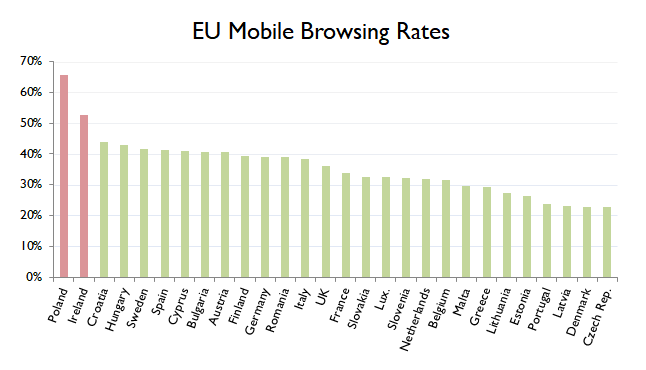
[date: 2018, source: Stat Counter]
The move towards a predominantly mobile web is not a new trend. Back in 2015 Google reported that more search results were being performed on mobile than on desktop. According to the Irish web analytics company Statcounter, global mobile internet usage surpassed desktop in October 2016.
However, these global averages obscure some of the full truth. Looking at emerging economies in Africa and Asia the trend is overwhelmingly mobile (66% & 62% respectively of web browsing is done on mobile) while the old guard of Europe continues to do most of their browsing (an average of 56%) on a desktop. In countries such as Portugal & Denmark, a whopping 70%+ of people still favour desktop over mobile.
This shouldn’t come as much of a surprise. Europe has a well established fixed-line broadband infrastructure – especially when compared to developing countries in Africa & Asia. People in Europe are also more likely to have the funds to fork out for desktop computers and fixed-line broadband subscriptions.
But these extensive fixed-line networks are expensive to install and maintain. In developing countries, setting up mobile networks can be more cost-effective and provide more immediate value to consumers. Mobile internet services (albeit sometimes flakey and unreliable) are rapidly expanding in remote rural areas of Africa & Asia. This combined with the declining prices of basic internet-enabled mobile handsets has significantly lowered the cost of entry to getting online. Between now and 2020, an additional 1.1 billion people are expected to subscribe to a mobile internet service, the majority of them from the developing world [The Mobile Economy 2018], so it’s no wonder this is skewing the global averages towards mobile.
But back to the EU – why are Poland and Ireland leading the charge when it comes to mobile internet browsing?
Examining EU mobile broadband costs, Poland immediately stands out as having the cheapest mobile data charges in the EU. Ireland sits roughly middle table for mobile data costs. It’s not the most expensive but it’s not the cheapest either.
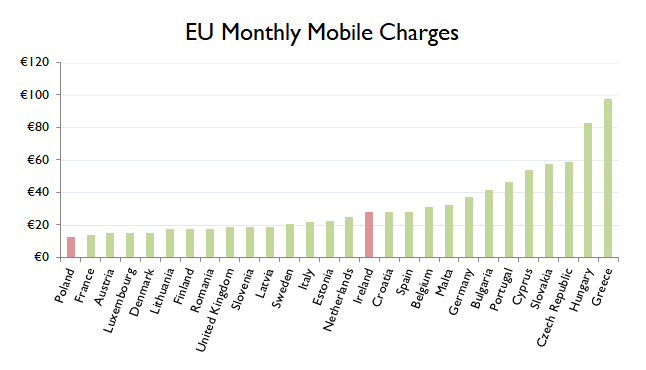
[Mobile Broadband Prices in Europe 2017]
So what if we consider the situation in developing countries and look at how Ireland and Poland fare in terms of fixed-lined broadband networks? Well, it turns out both Ireland & Poland sit well towards the bottom of the list in terms of broadband coverage:
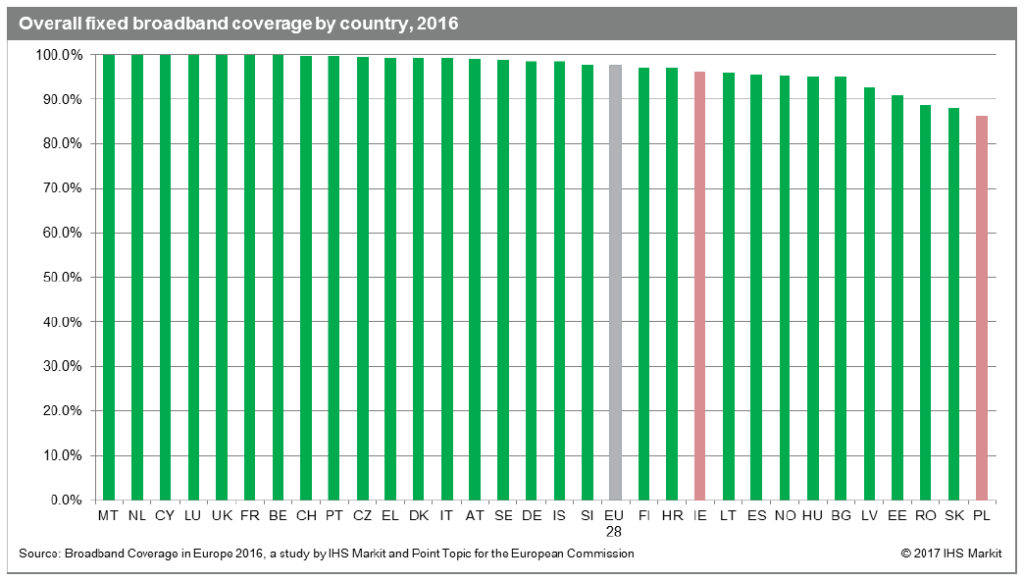
[Study on Broadband Coverage in Europe 2017]
Is this combination of cost and availability the perfect storm that’s driving both countries onto mobile internet?
In Ireland’s case, another theory as to why we love the mobile internet is that it relates to our cultural propensity to be social. Maybe we are just a country of social media addicts? We can’t get enough, even when we’re out and about. If personal experience is anything to go by, I definitely buy this theory. If hard facts are more your thing, the recent social media global overview of digital in 2018 by Hootsuite ranked Ireland 2nd in the EU for Social Media activity. So the data does exist to back up the theory.
There’s plenty more compelling data to mull over in Hootsuite’s overview if you fancy a look. And if you’re interested in more data about Ireland, you can read further facts & figures about our Digital and Social Media Statistics here.
Caitriona Butler, Web Developer.
When not browsing Twitter and Instagram on the go, Caitriona can be found crafting robust and effective responsive web sites across a range of programming languages & technologies at Neworld, a branding, creative and web agency based in Dublin.
Keep Reading
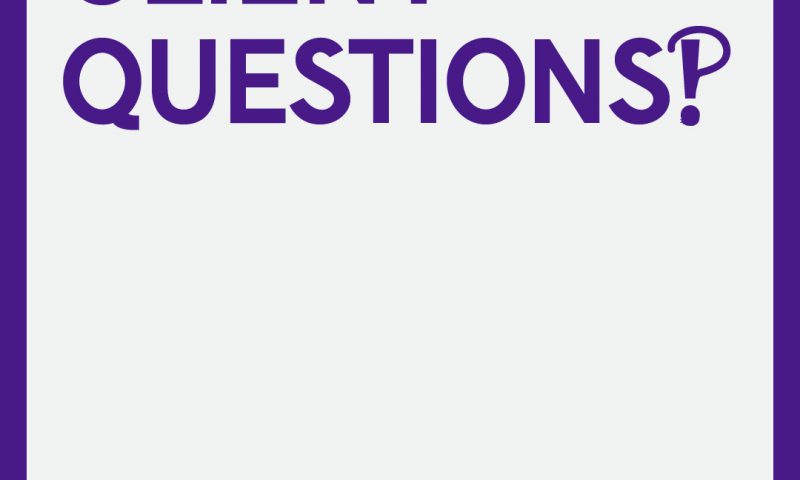
Client Question: Are brand guidelines important?

Branding gets spiritual

Top Five Flicks for Designers

A Creative Journey: Evolution of a Painting

Using the right colour in the right way

How to build your brand’s image through merchandise

Social Media Predictions 2012

Packaging in Ireland’s Oldest Market

Creative People Are Complex – 10 Contradictory Traits...

Designer OCD

Is Craftsmanship Dead?
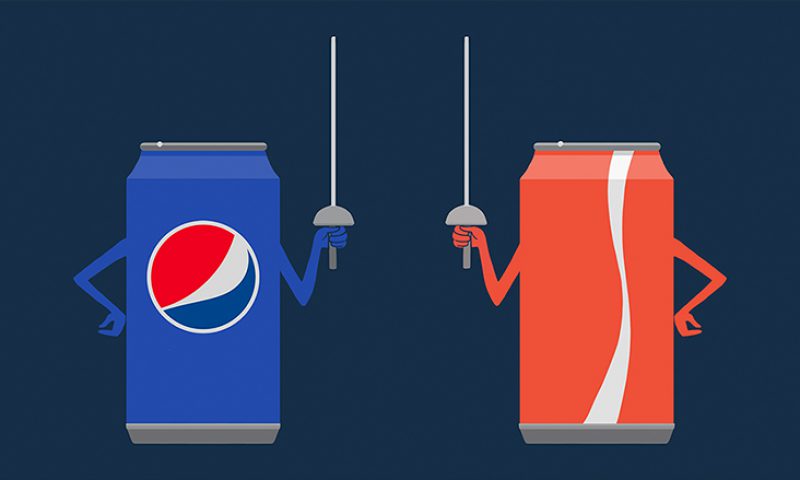
Pepsi vs. Cola: The Marketing Battle of the Century

The Ryder Cup – team branding gives them the edge

Why Do I Have A Passion for Shoes

World first for the beer industry: Carlsberg sticks it to...

Using Pastels for Packaging Impact

Personal Money Saving Tips
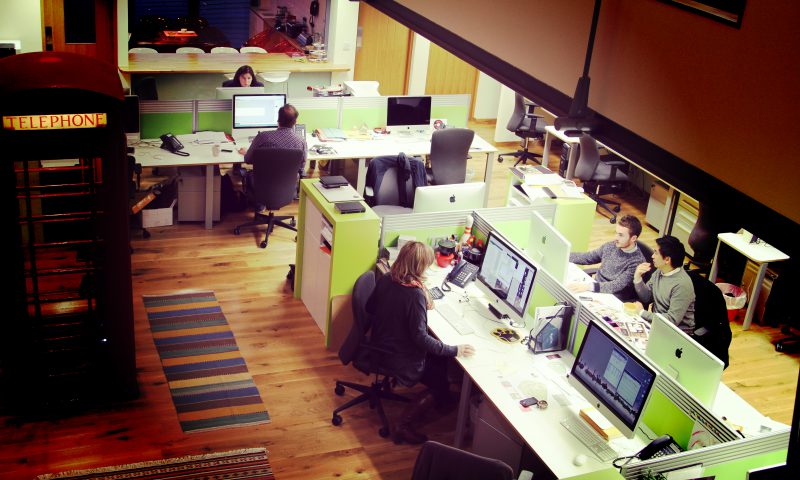
It takes a village (the right team) to build a brand

Packaging Design – Not just for profit
